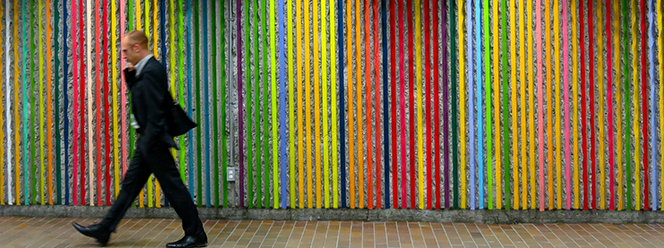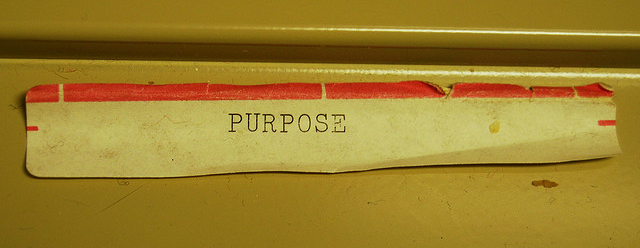As business owners committed to making a difference, it only makes sense to ensure your business processes are sustainable. A simple way to reduce your environmental impact is to use certified recycled paper and to print using only waterless printers.
Waterless Printing Defined
Waterless printing is a method of offset printing which is less environmentally damaging than conventional lithographic printing. Waterless printing takes advantage of modern technology to eliminate chemicals and water altogether.
Why traditional printing is bad for the environment
Traditionally, printing is a huge consumer of resources, including chemicals, water and energy. Waterless printing does not use dampening solutions, which contain alcohols or petroleum-based solvents. Such solutions contain more than 60% volatile organic compounds, which contribute to smog. A waterless press eliminates the need for up to 100,000 litres of water and 10,000 litres of alcohol per year consumed by a typical mid-size printer.
Pros of Waterless Printing
- better for the environment in that it removes the use of water and chemicals from printing
- higher degree of color consistency and color saturation and better detail
- produce more in less time; it saves you and your printer time
- recycled papers performed better on a waterless press than they do on a wet lithographic press
- less paper waste from the printing process
Cons of Waterless Printing
- it may cost more; this depends on the printer used
- printers using waterless printing are harder to find
The fact is, there really isn’t any reason why we shouldn’t all be using waterless printing. It is more a matter of lack of awareness than anything else. As this process grows in popularity, I’m sure we will be finding more printers cropping up.







